Zenith Drakshasava
Drakshasava is an ayurvedic medicine prepared from grapes. It is a form of weak wine that is partially fermented and infused with several spices.
This gives the infusion its medicinal properties to treat debility, anemia, indigestion, jaundice, constipation, belching and acute insomnia.
What does it do? And What does it treat?
From a holistic point of view, this tonic addresses physical imbalances arising from excess of Vata-Vayu Dosha in the system.
As for specific issues such as:
The inflammation in the intestine is the primary cause of indigestion and discomfort. Drakshasava has excellent anti-inflammatory properties that help to subside the inflammation and discomfort.
Constipation is usually caused due to entrapment of stools in the colon for an extended duration. A major constituent of Drakshasava are raisins which have mild laxative properties thereby improving the overall movement of bowels.
Insomnia, the inability to sleep or habitual sleeplessness is commonly caused by stress or undigested food in the digestive system resulting in heart burn (GERD). The ability of Drakshasava to stimulate secretion of the digestive juices help in better digestion and thereby alleviate insomnia.
Both belching and flatulence are human reflexes to expelling excess air in the stomach and intestine respectively. Drakshasava helps to balance the Vayu-Dosha in the body. Thereby alleviating chronic flatulence and belching.
What does Drakshasava contain?
Drakshasava is a potent medicine that act as a tonic for the human body owing to the salient features of its various constituent groups and the various natural ingredients that are extracted by the self generated alcohol derived from the fermentation of grapes and sugar. The product is manufactured in a controlled environment and properly matured for best efficacy.
Since Drakshasava is an asava (self-generated herbal fermentation of the traditional Ayurvedic system).
The alcoholic medicament is prepared by permitting the herbal juices or their decoctions to undergo fermentation with the addition of sugars.
Hence sugar is the second most important component to this preparation.

In addition to accelerating fermentation process to produce this tonic, the flower has powerful astringent properties and also rich in anti-inflammatory compounds that relieve the burning sensation of the skin.
It also in this concoction helps boost up immunity.

It is utilized as an aromatic, a carminative (relieving flatulence) and a stimulant.
It is also a great flavoring agent.

This evergreen tropical tree of Sri Lanka and Malabar Coast of India is also a great carminative, stomachic and mildly astringent.
It is also used as a flavoring agent, stimulant and aromatic and antiseptic.
Commercially it has many uses as a spice and condiment in the making of candy, denitrifices, and perfumes.
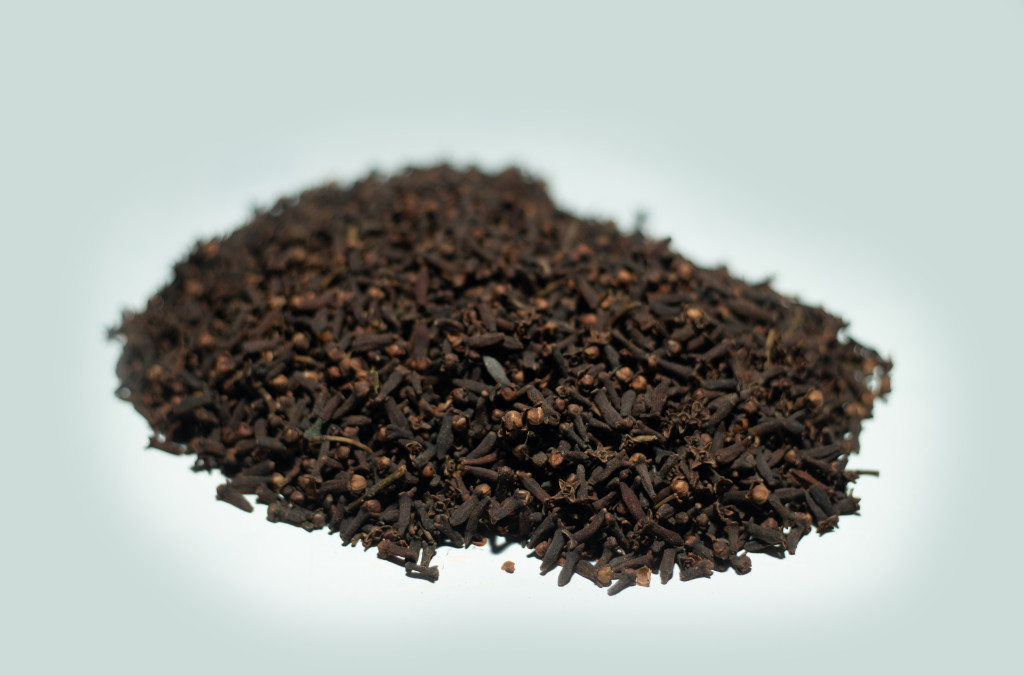
Apart from its culinary uses, it is utilized as an excellent carminative, stimulant and flavoring agent.
The active chemical constituent of Clove is a volatile oil which has a 70 to 90 percent eugenol concentrate along with small quantities of esters, ketones, and alcohols.
It is in its basic extract form a great dental analgesic.
However, in Drakshsava it is utilized for its ability to be a carminative, stimulant, flavoring agent, and an aromatic.

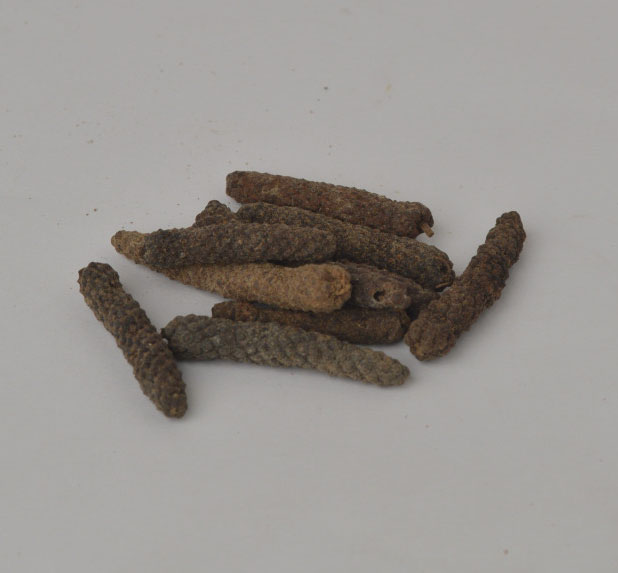
For Drakshsava, we utilize the stems.
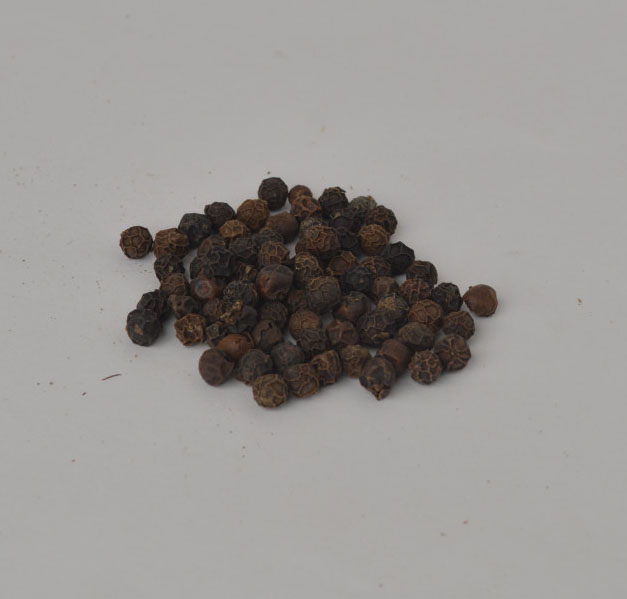
It also causes a feeling of warmth when infused in a tonic.
Black pepper also stimulates the taste buds, with an increase in gastric juice thereby increasing the body’s uptake of proteins.
Thereby helping with debility and also the bioavailability of certain drugs.
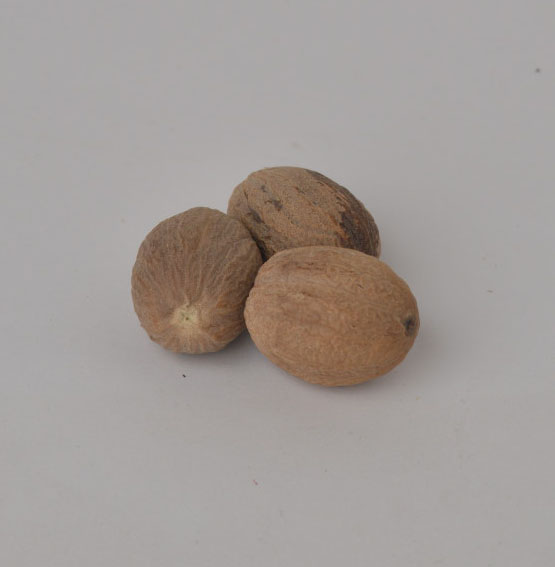
It is a great flavoring agent, too.
The fat and volatile oil extracted of the nutmeg are used in the treatment of rheumatism.
With regards to Drakshasava, nutmeg is primarily used for its carminative, stimulant and flavoring properties.

These leaves that have a clove-like aroma with a hint of peppery taste is not only used in the culinary industry but also the medicinal industry.
The methanolic extract of Tamalpatra is also utilized as an adjunct therapy in diabetes.
As for its use in Drakshasava, the self generated alcohol during the fermentation of grapes and sugar extracts the active constituents that aid and abet the body to improve it’s digestive capabilities.
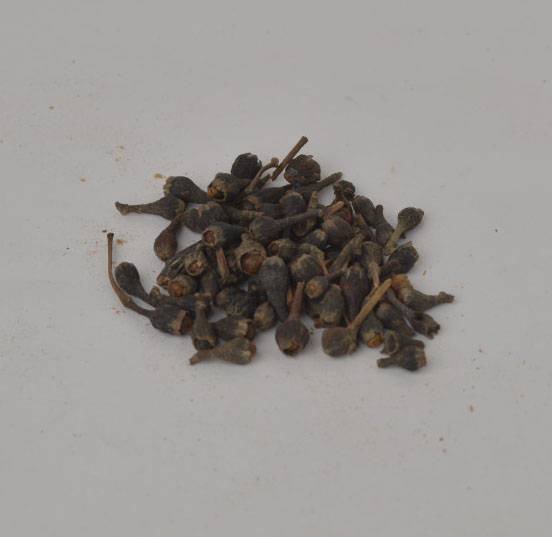
Nagkesar also possesses diuretic qualities as it can help increase the amount of water and salt in the body.
It is often used in easing the retention of urine and offering a proper passage for the toxins to flow out with it.
The ability to heal cuts and wounds by stopping the bleeding helps in treating abrasions or ulcers within the digestive system.
As anti-pyretic ayurvedic medicine, nagkesar can be used to reduce the symptoms of chronic fever completely along with hydrating the body by relieving excessive thirst.
Nagkesar also has great anti-asthmatic properties and quite effective in treating respiratory issues like Asthama, Dyspnea (breathlessness) and other respiratory issues.
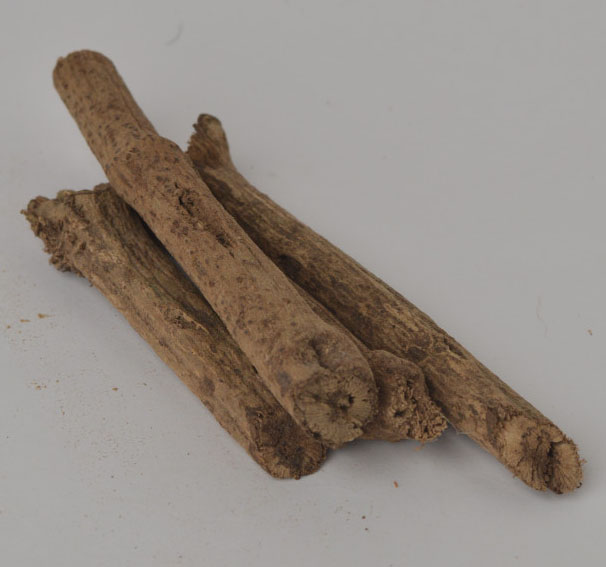

The fruit itself has haematinic, digestive, diuretic.
The plant itself is also used in dyspepsia, abdominal pain and diuretic splenopathy, anorexia, asthma, and fever.
Recommended Dosage
| Age | Dosage |
|---|---|
| Infants (Age: Upto 12 months) | 1ml |
| Toddler (Age: 1 – 3 years) | 1ml to 3ml |
| Preschooler: (Age: 3- 5 years) | 5ml |
| Grade-schooler: (5-12 years) | 10ml |
| Teenager: (13-19 years) | 15ml |
| Adults: (19 – 60 years) | 30ml |
| Geriatric: (Above 60 years) | 15ml to 30ml |
| Pregnancy: | Please do not consume product when pregnant |
| Maximum Possible Dosage: | 60ml per day (in divided doses) |
How long should one consume Drakshasava?
It depends on the problem for which one is utilizing Drakshasava.
In cases of loss of appetite, debility or fatigue, Drakshava should be sufficient for a month.
In cases of chronic illnesses such as chronic constipation, piles, anemia, abdominal diseases, chronic low-grade fever, etc.
It should be taken for a longer period or at least for 3 months.
It can be used on a long-term basis without any side effects.
